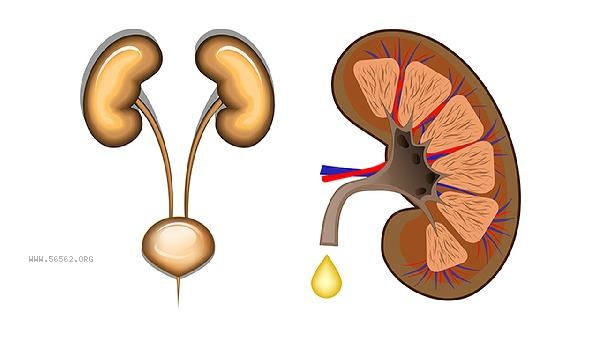Bedside simple pulmonary function testing can be performed using five methods: peak flow velocity meter, respiratory rate monitoring, chest activity observation, breath holding test, and finger pulse oxygen monitoring.
1. Peak flow meter:

Use a portable peak flow meter to measure the maximum expiratory flow rate. The patient takes a sitting position, takes a deep breath, and rapidly exhales forcefully into the instrument. Repeat this process three times to obtain the highest value. This method is mainly used to evaluate the degree of airway obstruction and is commonly used for daily monitoring of patients with chronic obstructive pulmonary disease.
2. Respiratory rate:
Observe the patient's breathing rate per minute in a resting state. Normal adult frequency is 12-20 times per minute, and exceeding 24 times may indicate respiratory failure. When counting, it is necessary to avoid being noticed by patients and to prevent deliberate control of respiratory rate from affecting the accuracy of the results.
3. Chest range of motion:

Place both hands flat on both sides of the patient's chest and observe the symmetry and amplitude of chest expansion during breathing. Unilateral reduced mobility may indicate pneumothorax and pleural effusion, while global reduction is common in pulmonary fibrosis. Comprehensive judgment of auscultation and respiratory sounds is required.
4. Breath holding test:
Instruct patients to hold their breath after taking a deep breath and record the longest breath holding time. Healthy adults usually take more than 30 seconds, while those with abnormal heart and lung function usually take less than 20 seconds. Before testing, contraindications such as hypertension and cerebrovascular disease should be excluded.
5. Finger pulse oxygen monitoring:
Clamp the pulse oximeter at the end of the finger and read the blood oxygen saturation value. When SpO2 is below 94% in a resting state, one should be alert to hypoxemia. Pay attention to removing nail polish and avoiding interference factors such as cold limbs. Before implementing bedside pulmonary function testing, it is necessary to ensure a quiet environment and fully explain the operating steps to the patient. Take a comfortable seat during testing and avoid testing immediately after meals. Patients with chronic respiratory diseases can establish personal data files and regularly monitor and compare changes. If the results are abnormal or the symptoms worsen, the hospital's standard pulmonary function test should be promptly improved. Daily attention to maintaining indoor air circulation and abdominal breathing training can help improve lung function. Smokers should quit smoking as soon as possible and postpone testing during the respiratory infection period.









Comments (0)
Leave a Comment
No comments yet
Be the first to share your thoughts!